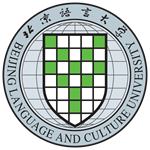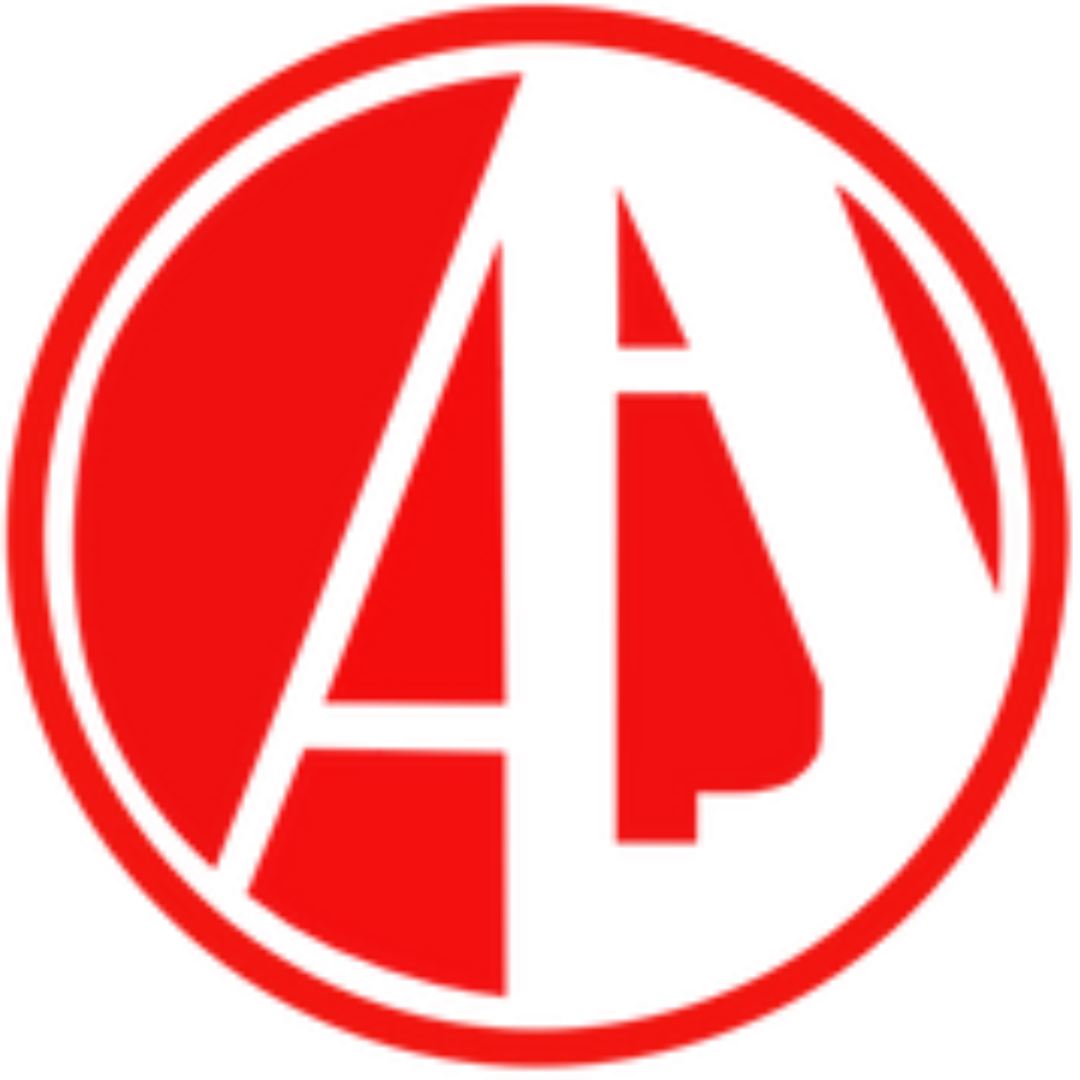The Web Development Essentials program at Sault College provides students with the fundamental knowledge and skills required to build and maintain websites. Here are the key aspects of the program:
Web Development Fundamentals: Students learn the basics of web development, including HTML (Hypertext Markup Language), CSS (Cascading Style Sheets), and JavaScript. They understand the structure and syntax of HTML, the styling of web pages using CSS, and the interactivity and functionality added through JavaScript.
Responsive Web Design: The program covers responsive web design principles, which involve creating websites that adapt to different screen sizes and devices. Students learn techniques to create flexible layouts and optimize web content for mobile devices, tablets, and desktop computers.
Front-End Development: Students gain skills in front-end web development, focusing on the client-side aspects of web development. They learn how to create visually appealing and user-friendly interfaces using HTML, CSS, and JavaScript. Students also study best practices for accessibility, usability, and cross-browser compatibility.
Web Programming: The program introduces students to server-side web programming languages and frameworks. They may learn languages like PHP or Python and frameworks like Laravel or Django. Students gain knowledge of handling data, interacting with databases, and creating dynamic web applications.
Database Integration: Students learn about integrating databases into web applications. They study concepts related to database design, querying, and management. Students may work with popular database management systems like MySQL or PostgreSQL and understand how to interact with databases using server-side languages.
Web Content Management Systems (CMS): The program may cover popular CMS platforms like WordPress or Drupal. Students learn how to set up, customize, and manage websites using CMS tools. They gain knowledge of themes, plugins, content creation, and site administration within a CMS environment.
Web Project Management: Students may learn about project management concepts specific to web development. They study techniques for planning, organizing, and executing web projects effectively. Students gain an understanding of project requirements gathering, timeline management, and collaboration with clients and stakeholders.
Web Design Principles: The program covers principles of web design, including color theory, typography, layout, and graphic design concepts. Students learn how to create visually appealing and user-friendly web interfaces that align with industry standards and user experience best practices.
Upon completion of the program, graduates can pursue various roles in the web development industry, such as web developer, front-end developer, web designer, or web programmer. They may find employment in web development agencies, IT departments, digital marketing firms, or start their own freelance web development business.
Show less













